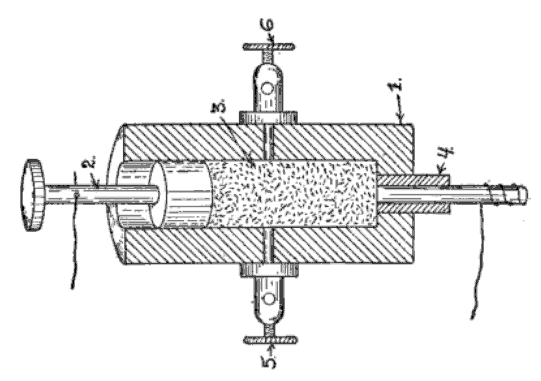"Oh keep the Dog far hence, that’s friend to men,
“Or with his nails he’ll dig it up again!" Eliot, "Waste Land"
While it's raining cats and dogs in the Hemingway story, there are very few animals in "The Waste Land." This reflects different meanings for nature in both texts.
The Eliot line presents dogs as a threat rather than humankind's boon companion. This makes sense as elements of nature in the rest of the poem are seen also seen as threatening and dangerous - - from "dead trees" to the ocean that drowns Phlebas to the "empty cisterns and exhausted wells" later in the poem.
The cat in Hemingway's story can be seen as a metaphor for all the things the "American wife" wants, for all the lacks and deficiencies she feels in her life (particularly her marriage). She wants to shelter the cat from inhospitable nature. This is very different from Eliot's poem, where there is not shelter from the storm or from a deranged nature.
On this note, a comparison of Nick's experience on the "Big Two-Hearted River" and of Eliot's representation of the polluted Thames might also be helpful


